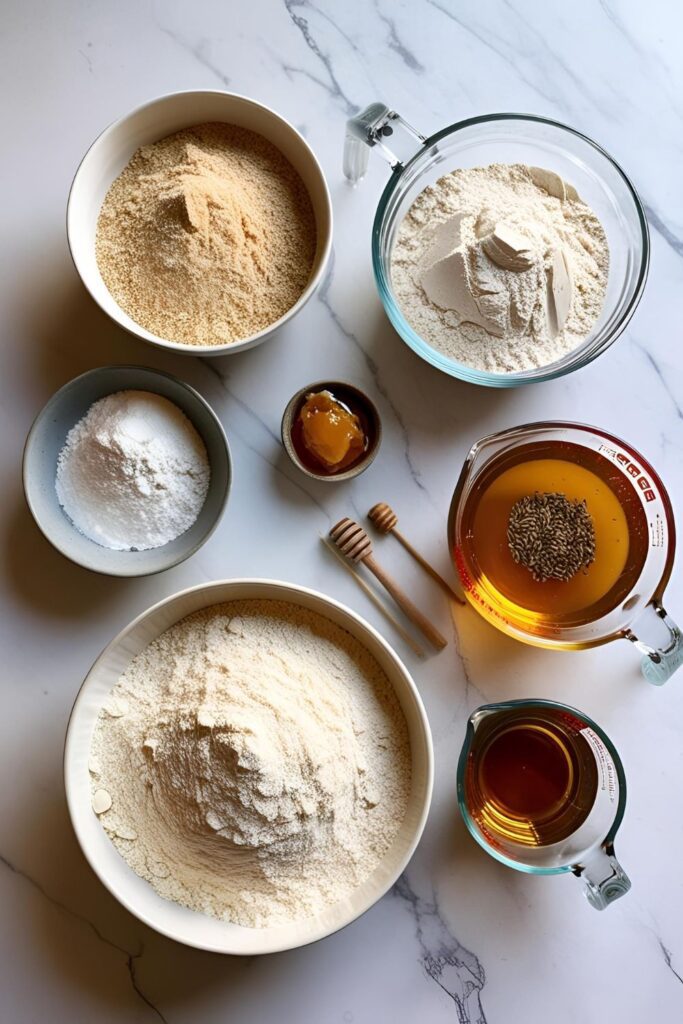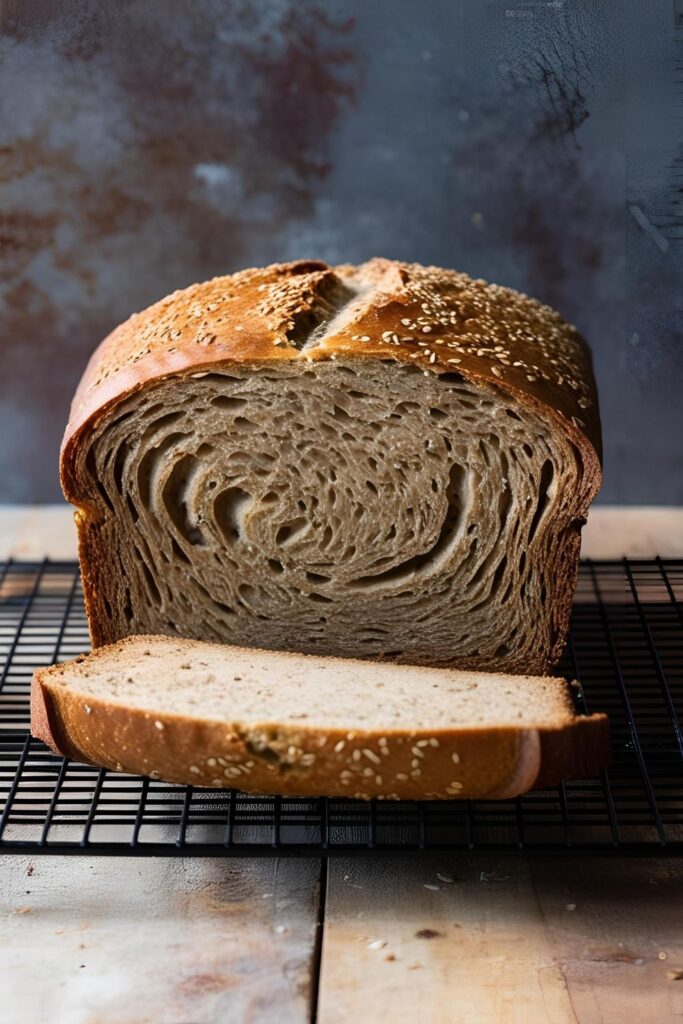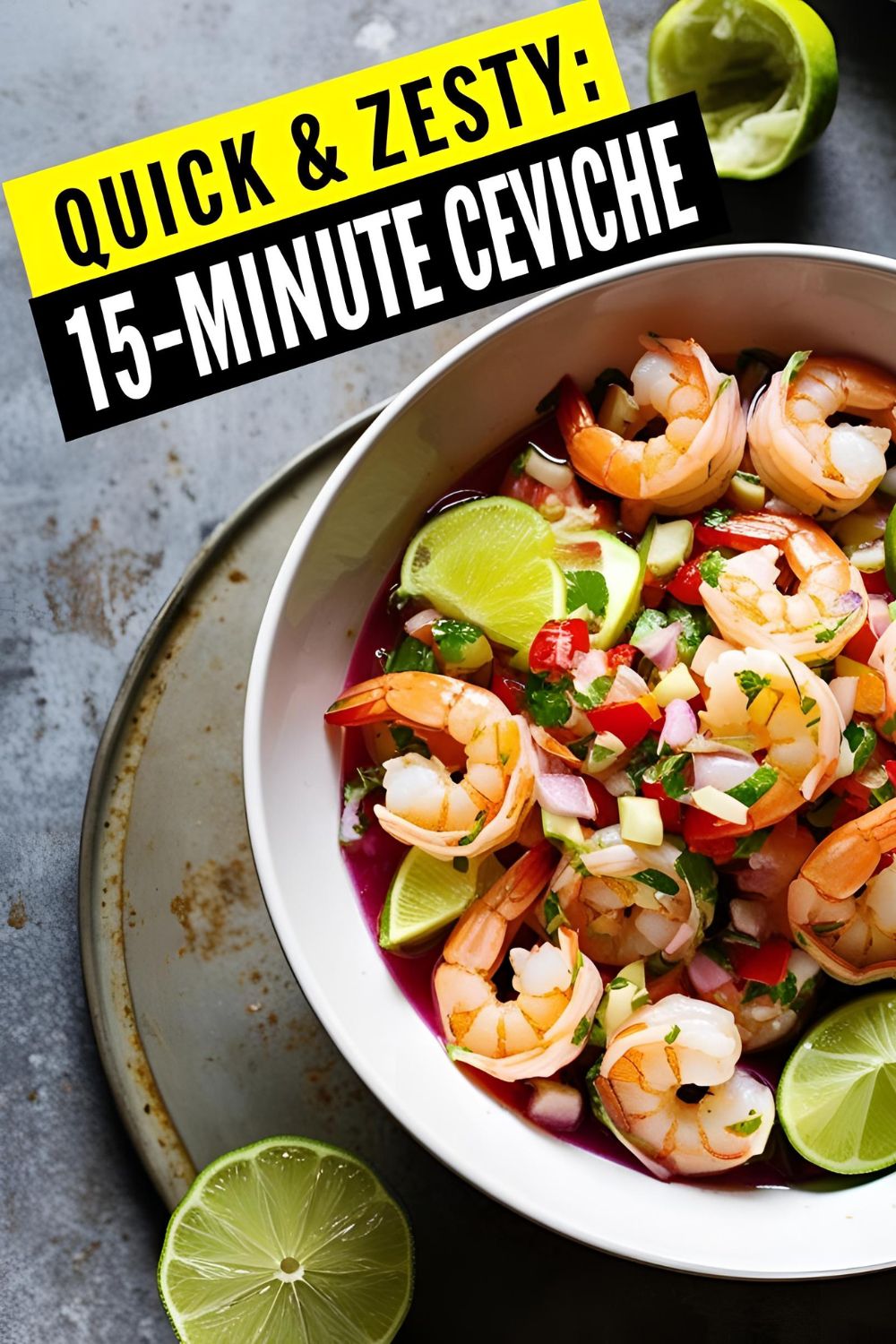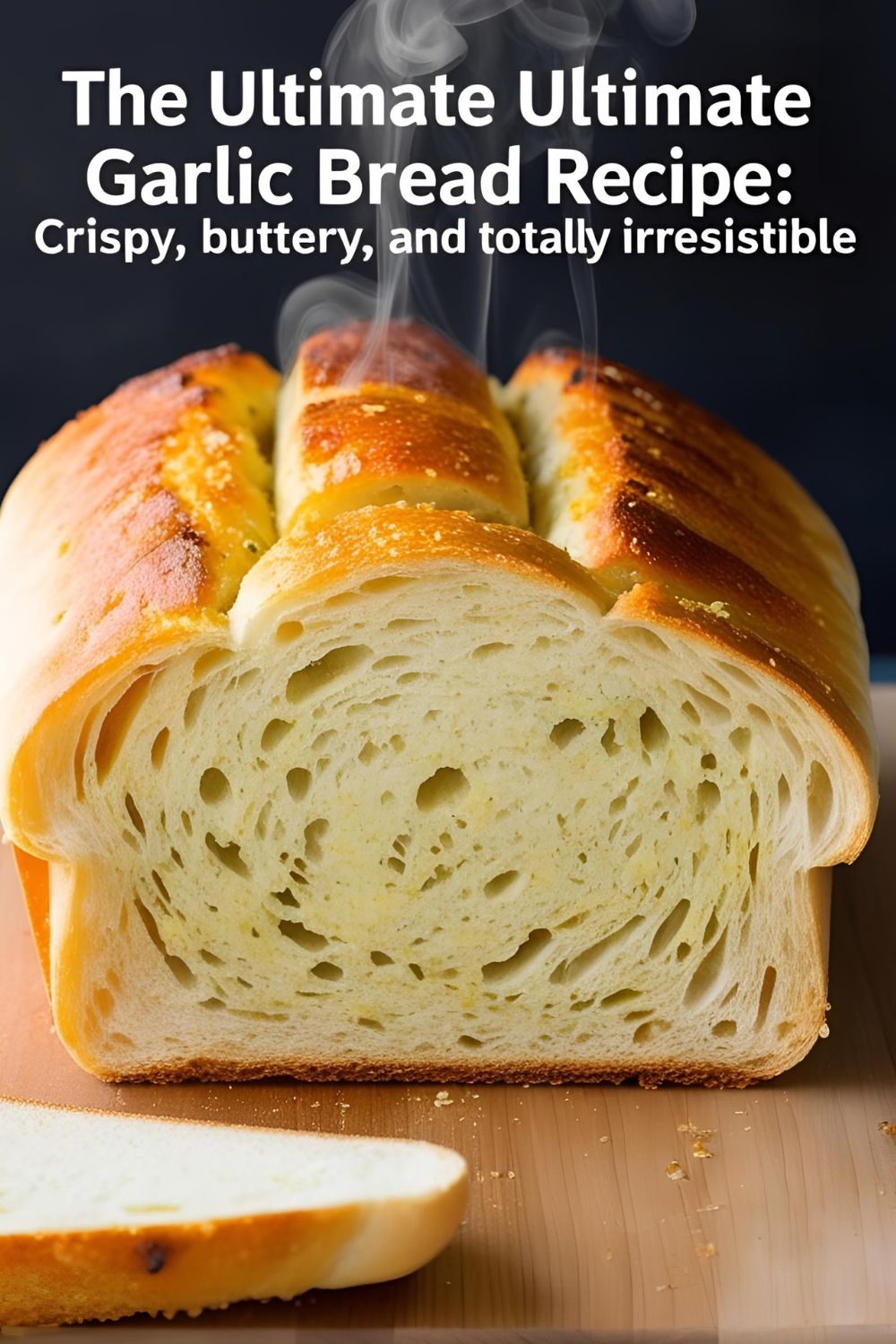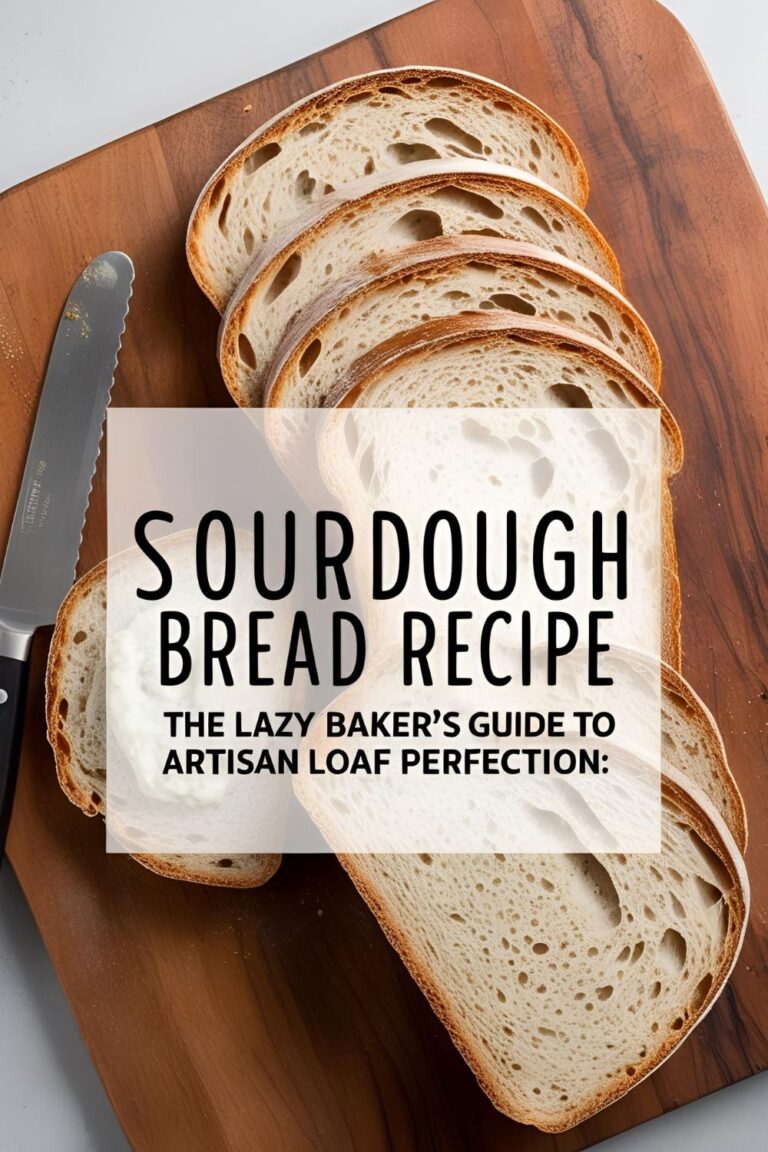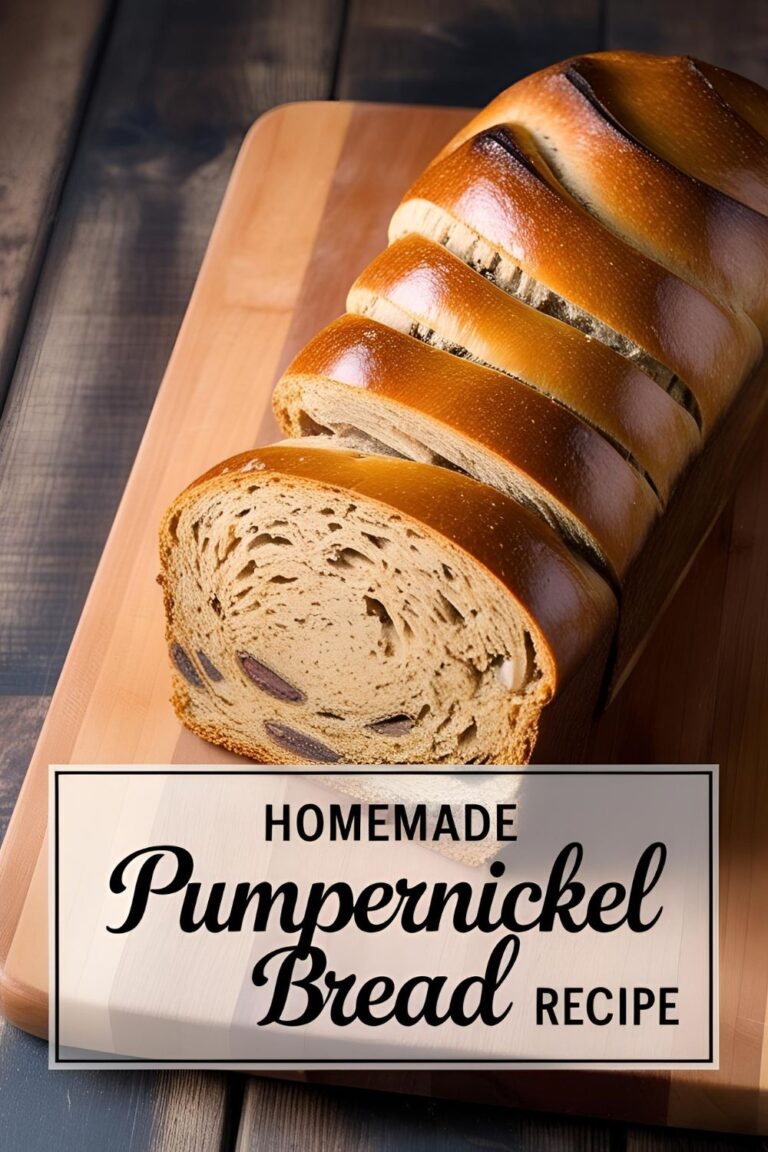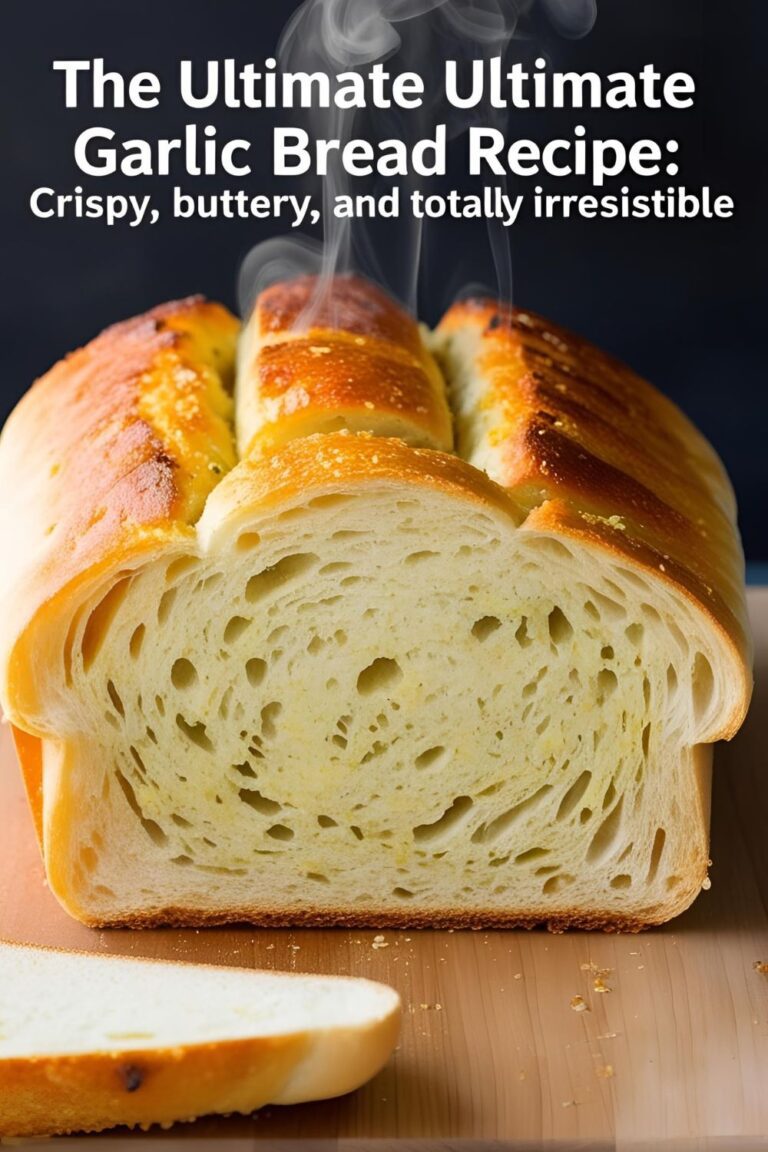The Only Rye Bread Recipe You’ll Ever Need (Because Store-Bought Is a Scam)
Ever Tried Rye Bread That Didn’t Taste Like a Brick?
Let me guess—you bought a loaf of rye bread from the store, took one bite, and thought, “Is this bread or a doorstop?” Yeah, we’ve all been there. But what if I told you that making your own rye bread at home is not only doable but also ridiculously satisfying? This rye bread recipe is your ticket to chewy, flavorful, and slightly tangy slices that put those store-bought imposters to shame.
Why This Rye Bread Recipe Is the Real MVP
- Flavor Explosion: Earthy rye meets a hint of sweetness and a touch of caraway spice.
- No-Knead, No-Nonsense: Because who has time for arm workouts in the kitchen?
- Impress Your Friends: They’ll think you went to culinary school.
- Versatile AF: Perfect for sandwiches, toast, or just eating straight up.
🛒 Ingredients
- 1½ cups warm water (105–110°F)
- 2 tablespoons honey (or maple syrup if you’re feeling fancy)
- 2 teaspoons active dry yeast
- 2¾ cups bread flour
- 1½ cups rye flour
- 1 tablespoon caraway seeds (optional, but highly recommended)
- 1¾ teaspoons salt
- 1 tablespoon vegetable oil (or olive oil)
Substitutions:
- Bread flour: All-purpose flour works in a pinch, but bread flour gives better structure.
- Honey: Maple syrup or agave nectar can be used.
- Caraway seeds: Feel free to omit or replace with fennel seeds for a different flavor.
🧰 Tools & Kitchen Gadgets Used
- Mixing bowls
- Measuring cups and spoons
- Wooden spoon or spatula
- 9×5 inch loaf pan
- Kitchen thermometer (for water temperature)
- Plastic wrap or clean kitchen towel
- Cooling rack
👩🍳 Step-by-Step Instructions
- Activate the Yeast: In a large mixing bowl, combine warm water and honey. Sprinkle the yeast over the top and let it sit for about 5 minutes until it becomes foamy. If it doesn’t foam, your yeast might be dead—time to start over.
- Mix the Dry Ingredients: In a separate bowl, whisk together the bread flour, rye flour, caraway seeds, and salt.
- Combine Wet and Dry: Add the dry ingredients to the yeast mixture. Stir until a shaggy dough forms. Add the vegetable oil and mix until incorporated. The dough will be sticky—resist the urge to add more flour.
- First Rise: Cover the bowl with plastic wrap or a clean kitchen towel. Let it rise in a warm place for about 1 to 1.5 hours, or until doubled in size.
- Shape the Dough: Lightly flour your hands and shape the dough into a loaf. Place it into a greased 9×5 inch loaf pan.
- Second Rise: Cover the loaf pan and let the dough rise for another 30 to 45 minutes, or until it has risen about an inch above the rim of the pan.
- Preheat the Oven: While the dough is rising, preheat your oven to 375°F (190°C).
- Bake: Bake the bread for 35 to 40 minutes, or until the top is golden brown and the loaf sounds hollow when tapped.
- Cool: Remove the bread from the oven and let it cool in the pan for 10 minutes. Then, transfer it to a cooling rack to cool completely before slicing.
🍽️ Calories & Nutritional Info (Per Slice)
- Calories: Approximately 83
- Protein: 2.7g
- Carbohydrates: 15.5g
- Fat: 1.1g
- Fiber: 1.9g
- Sodium: 211mg
Note: Nutritional values are estimates and can vary based on specific ingredients used.
❌ Common Mistakes to Avoid
- Over-Kneading: Rye flour has less gluten, so over-kneading can make the bread dense. Mix just until combined.
- Too Much Flour: The dough is supposed to be sticky. Adding too much flour can result in a dry loaf.
- Skipping the Second Rise: Patience is key. The second rise ensures a better crumb and texture.
- Cutting Too Soon: Let the bread cool completely before slicing to avoid a gummy texture.
🔄 Variations & Customizations
- Keto-Friendly: Replace bread flour with almond flour and use a low-carb sweetener. Note: Texture will differ.
- Spicy Kick: Add a teaspoon of crushed red pepper flakes for a spicy twist.
- Seeded Delight: Mix in sunflower or pumpkin seeds for added crunch and nutrition.
❓ FAQ Section
Q1: Can I use all-purpose flour instead of bread flour?
Yes, but bread flour gives a better structure due to higher protein content.
Q2: Do I have to use caraway seeds?
Nope. They’re traditional but optional. Feel free to skip or substitute.
Q3: How do I store homemade rye bread?
Wrap it in plastic or store in an airtight container at room temperature for up to 3 days. For longer storage, freeze it.
Q4: Can I make this bread gluten-free?
Rye contains gluten, so for a gluten-free version, you’d need to use alternative flours and adjust the recipe accordingly.
Q5: Why is my bread so dense?
Possible reasons include over-kneading, not allowing enough rise time, or using old yeast.
Q6: Can I add nuts or dried fruits?
Absolutely! Chopped nuts or dried fruits like raisins can be mixed in for added flavor.
Q7: What’s the best way to slice rye bread?
Use a serrated bread knife and wait until the bread has cooled completely to get clean slices.Artisan Bread in Five Minutes a Day
🥳 Final Thoughts
Congratulations! You’ve just made a loaf of rye bread that could make a grown baker cry tears of joy. Remember, practice makes perfect, so don’t be discouraged if your first loaf isn’t bakery-worthy. Keep baking, keep experimenting, and most importantly, keep enjoying the process.


